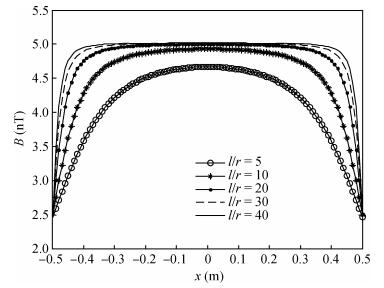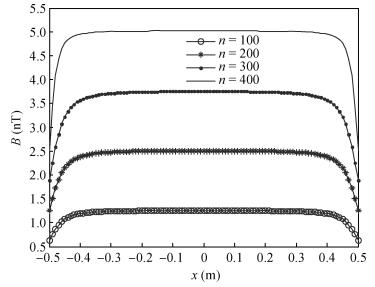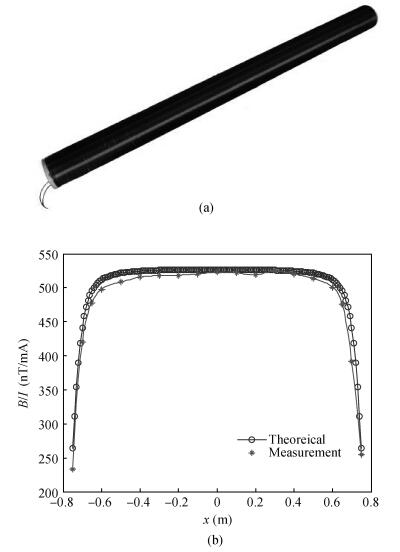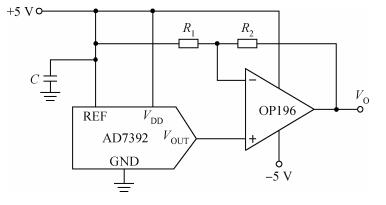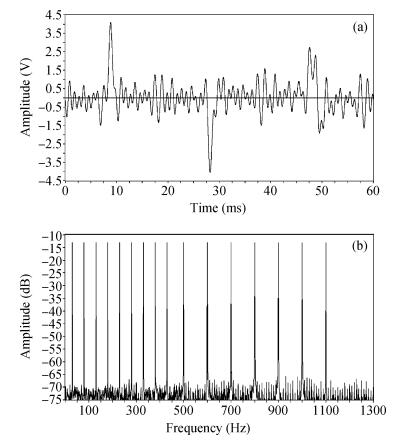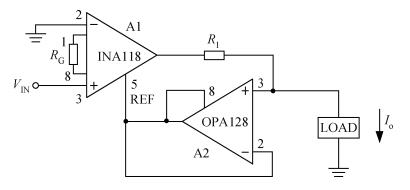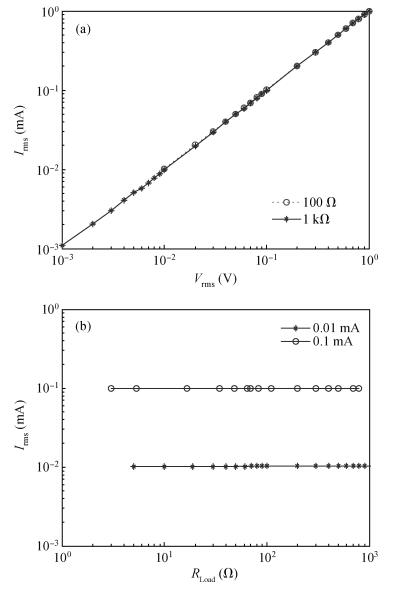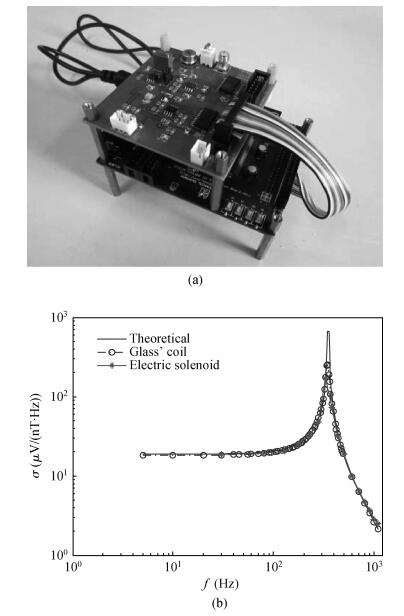| Citation: |
Shimin Feng, Suihua Zhou, Zhiyi Chen, Hongxin Zhang. An SLF magnetic antenna calibration system[J]. Journal of Semiconductors, 2014, 35(5): 055011. doi: 10.1088/1674-4926/35/5/055011
****
S M Feng, S H Zhou, Z Y Chen, H X Zhang. An SLF magnetic antenna calibration system[J]. J. Semicond., 2014, 35(5): 055011. doi: 10.1088/1674-4926/35/5/055011.
|
-
Abstract
Calibrating the super low frequency (SLF) magnetic antenna in magnetic free space or an outdoor environment is difficult and complicated due to the large size calibration instruments and lots of measurement times. Aiming to calibrate the SLF magnetic antenna simply and efficiently, a calibration system comprised of a multi-frequency source, an A.C constant-current source and a solenoid is proposed according to the characteristic of an SLF magnetic antenna. The static magnetic transfer coefficient of the designed solenoid is calibrated. The measurement of the frequency response characteristics suggests the transfer coefficient remains unchanged in the range of the SLF band and is unaffected by the magnetic antenna internally installed. The CORDIC algorithm implemented in an FPGA is realized to generate a linear evenly-spaced multi-frequency signal with equal energy at each frequency. An A.C constant weak current source circuit is designed in order to avoid the impact on the magnetic induction intensity of a calibration system affected by impedance variation when frequency changing, linearity and the precision of the source are measured. The frequency characteristic of a magnetic antenna calibrated by the proposed calibration system agrees with the theoretical result and the standard Glass ring calibration result. The calibration precision satisfies the experimental requirement. -
References
[1] Shao Y Q. Development of broadband inductive magnetic sensor. Jilin: Jilin University, 2012[2] Beiranvand R. Analyzing the uniformity of the generated magnetic field by a practical one-dimensional Helmholtz coils system. Review of Scientific Instruments, 2013, 84(7):075109 doi: 10.1063/1.4813275[3] Wang Y Z, Cheng D F, Lu H, et al. Magnetic sensor calibration based on multi-frequency signal. International Conference on Measuring Technology and Mechatronics Automation, Hunan: 2009[4] Feng S M, Zhou S H, Chen Z Y. A very low noise preamplifier for extremely low frequency magnetic antenna. Journal of Semiconductors, 2013, 34(7):075003 doi: 10.1088/1674-4926/34/7/075003[5] Shao Y Q, Wang Y Z, Cheng D F, et al. Research of high sensitivity inductive magnetic sensor. Chinese Journal of Scientific Instrument, 2012, 33(2):349(in Chinese) http://www.eurekaselect.com/openurl/content.php?genre=article&issn=2212-7976&volume=9&issue=2&spage=162[6] Park P G, Kim W S, Khorev V N, et al. Generation of uniform magnetic field using a single-layer solenoid with multi-current method. Mapan, 2009, 24(1):9 doi: 10.1007/s12647-009-0003-0[7] Coillot C, Leroy P. Induction magnetometers principle, modeling and ways of improvement. Magnetic Sensors, 2012:45 https://www.intechopen.com/books/howtoreference/magnetic-sensors-principles-and-applications/induction-magnetometers-principle-modeling-and-ways-of-improvement-[8] Gao J Z. Weak signal detection. Beijing:Tsinghua University Press, 2004:49 doi: 10.1007%2F978-3-642-35470-0_68[9] Wang Y Z, Cheng D F. Design of hybrid-source magneto telluric reception and calibration system. Chinese Journal of Scientific Instrument, 2008, 29(2):304(in Chinese) http://ieeexplore.ieee.org/xpl/tocresult.jsp?filter%3DAND%28p_IS_Number%3A7398197%29&rowsPerPage=50&pageNumber=1&resultAction=REFINE&resultAction=ROWS_PER_PAGE&isnumber=7398197[10] He J S, Tong T G, Liu J X. Mathematical analysis and realization of an sequence pseudo-random multi-frequencies signal. Journal of Central South University (Science and Technology), 2009, 40(6):1666(in Chinese) http://www.sciencedirect.com/science/article/pii/S1569904817300708 -
Proportional views





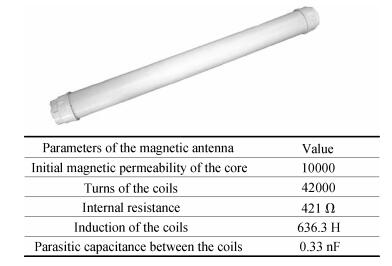
 DownLoad:
DownLoad:

